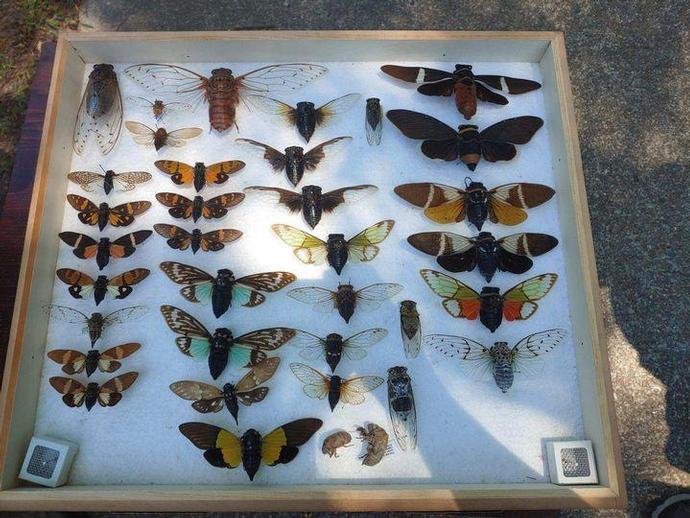May 21, 2021
Natural history museums serve many purposes, including educating the public, producing in-depth research, and documenting the regional flora and fauna. But above all, natural history museums exist to collect, curate, and store specimens for use by the scientific community and outreach. Curators do their fair share of amassing specimens from the wild, but the vast majority of museum collections come from private donations.
This week, Virginia Museum of Natural History staff traveled to Virginia Beach to pick up one such private collection and were stunned by its size, diversity, and beauty. William R. Shealey, professor emeritus of Religious Studies at Virginia Wesleyan University, started collecting insects when he was 4 years old, and now, 92 years later, his collection is truly a masterpiece and an incredible testament to his passion for entomology. In total the collection is just shy of 3000 specimens from all around the world, which makes it one of the largest and most diverse collections ever donated to the VMNH. Curator of Recent Invertebrates Dr. Kal Ivanov and his staff will be working on this collection for years to come, and we cannot wait to discover what surprises and discoveries lay within!

 Hours & Admissions
Hours & Admissions Directions
Directions

